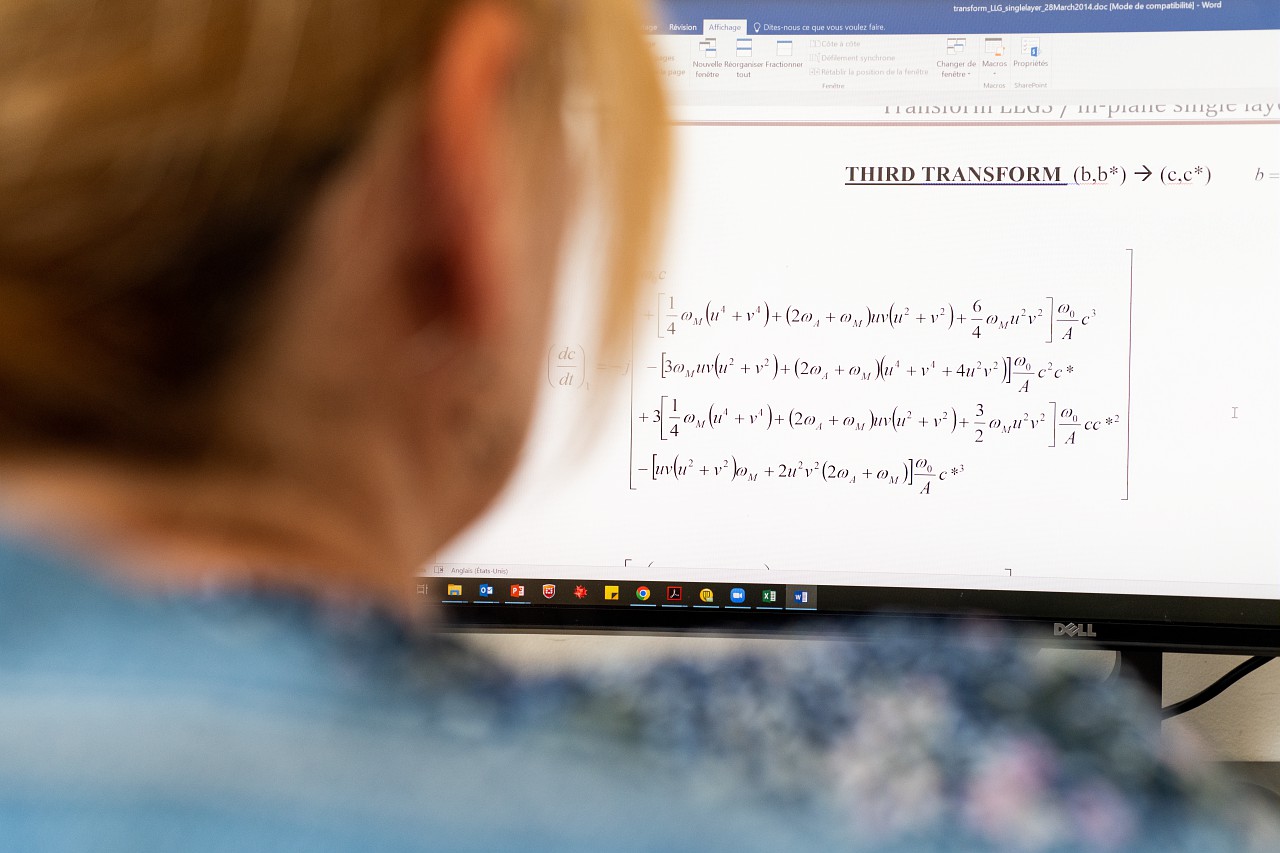OXIMOR
Project Manager
Aurélien Manchon, Professor at Aix-Marseille University
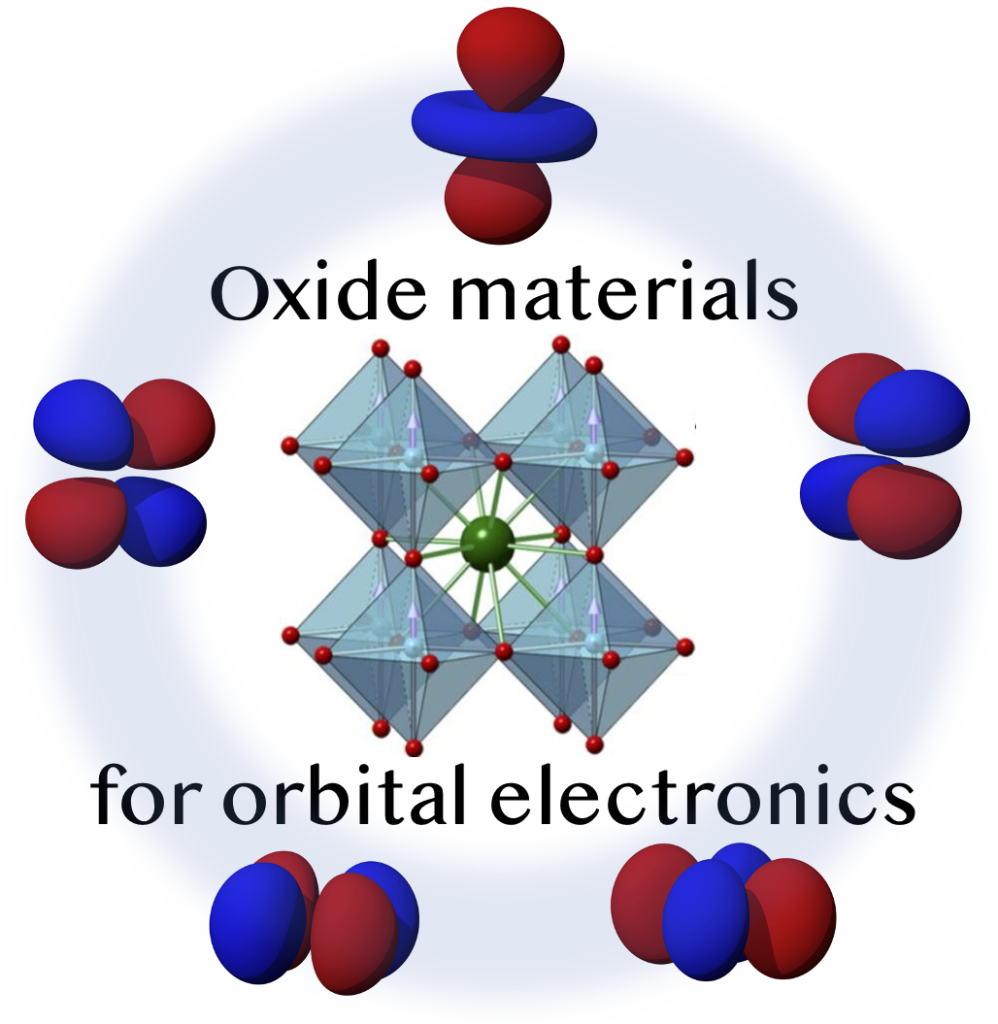
OXIMOR will focus on the study of orbital transport within oxide heterostructures, characterized by adjustable orbital order. These devices, already at the forefront of spin-orbitronics, offer a wide range of tunable parameters to generate and control orbital currents, with the goal of achieving low-power spintronics.
Concepts
> Generating pure orbital currents via orbital pumping
> Controlling orbital currents via the crystal field
> Utilizing orbital currents for orbital torques
The positioning of the project with the PEPR
> The major objective of OXIMOR is to advance orbitronic technology to enable low-power spintronic operations. By leveraging oxide materials that exhibit properties absent in traditional transition metal-based systems (such as ferroelectricity and piezoelectricity), the project aims to enhance the control of orbital currents, thereby reducing reliance on heavy metals in spintronic heterostructures. As a result, OXIMOR fully aligns with the ambitions of the PEPR SPIN, which seeks to develop innovative spintronics for more efficient, agile, and sustainable electronic devices.
Consortium
CINaM (CNRS, Marseille), Laboratoire Albert Fert (CNRS, Palaiseau), SPINTEC (CEA, Grenoble), Institut Jean Lamour (Université de Lorraine), CEMES (CNRS, Toulouse), Institut Néel (CNRS, Grenoble), IPCMS (CNRS, Strasbourg)
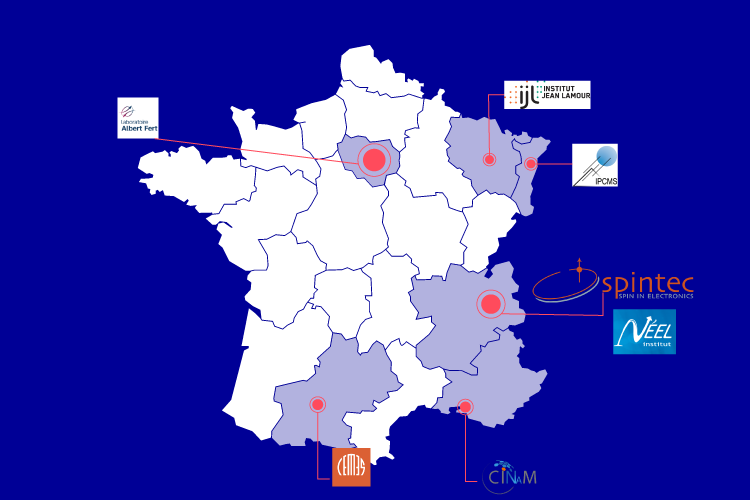
Publications relating to the OXIMOR project
Les autres projets PEPR
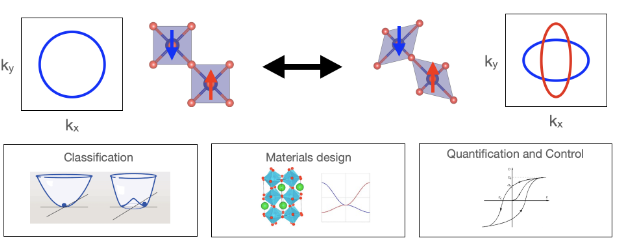
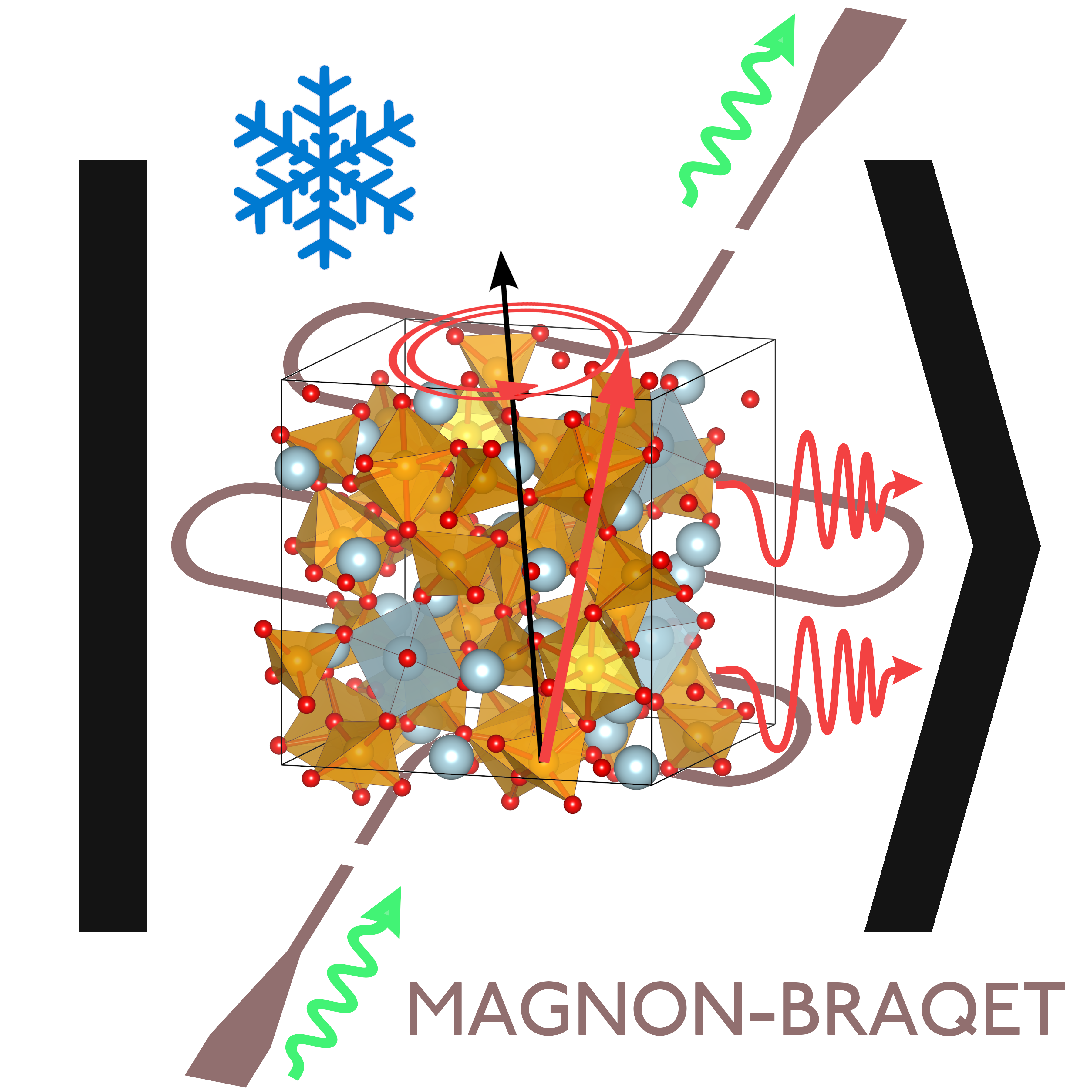
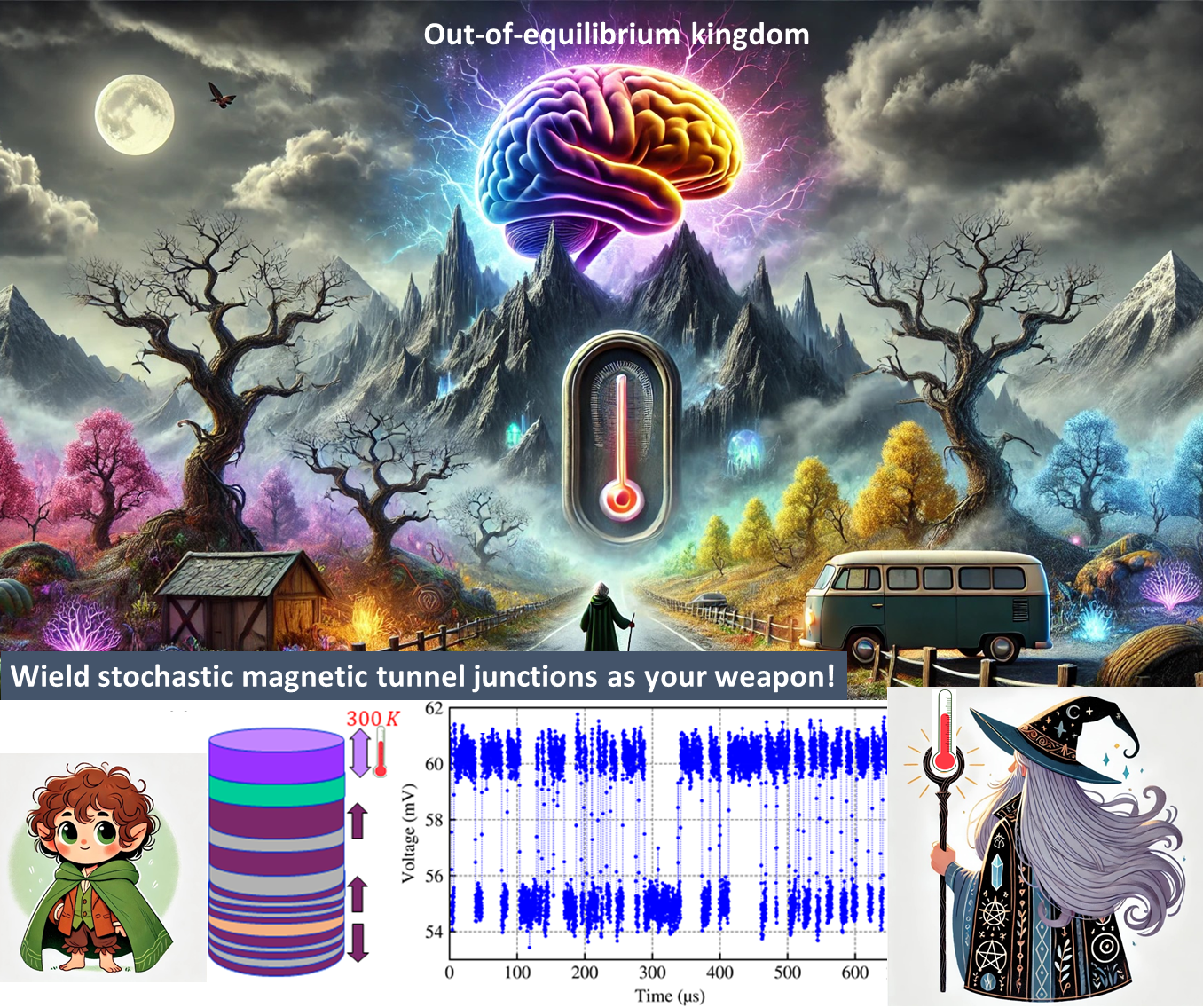
HOBBIT
Harnessing out-of-equilibrium spintronics in self-adaptative brain-inspired networks
Voir plus
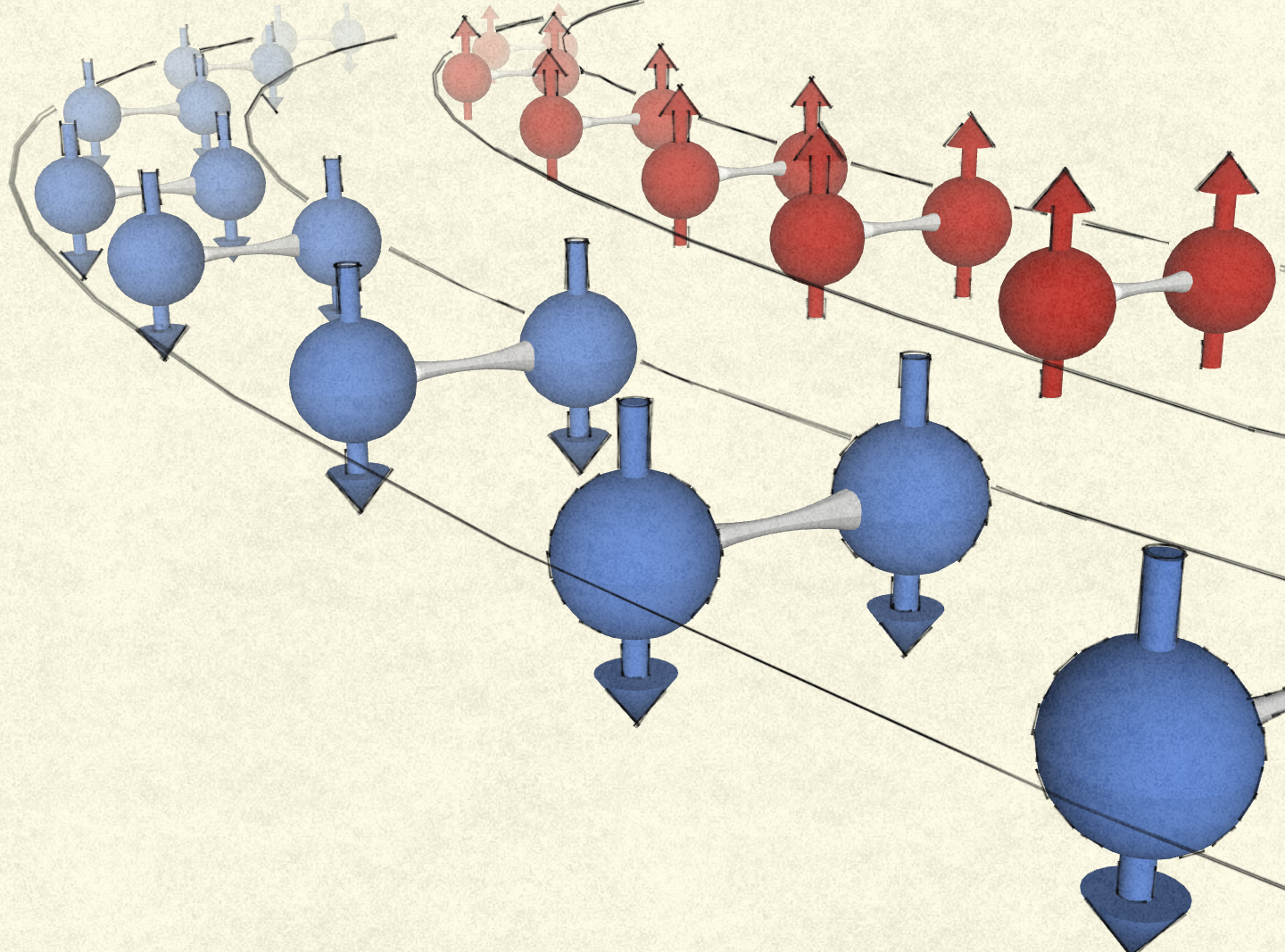
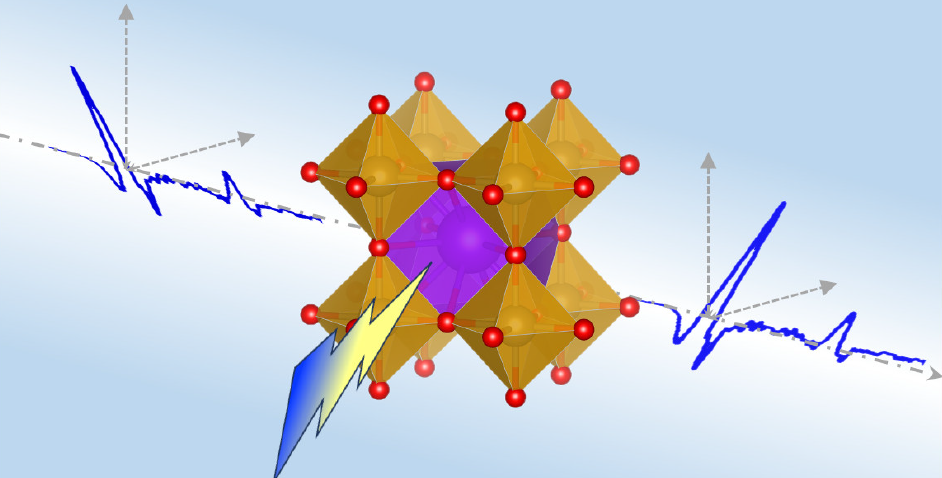
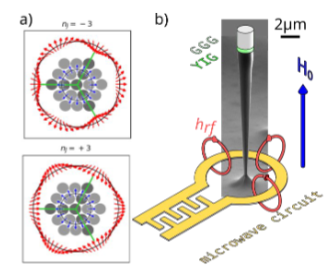
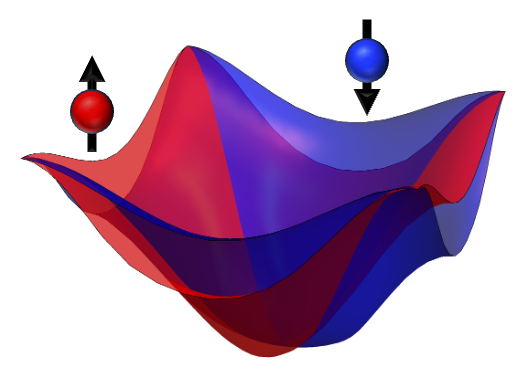
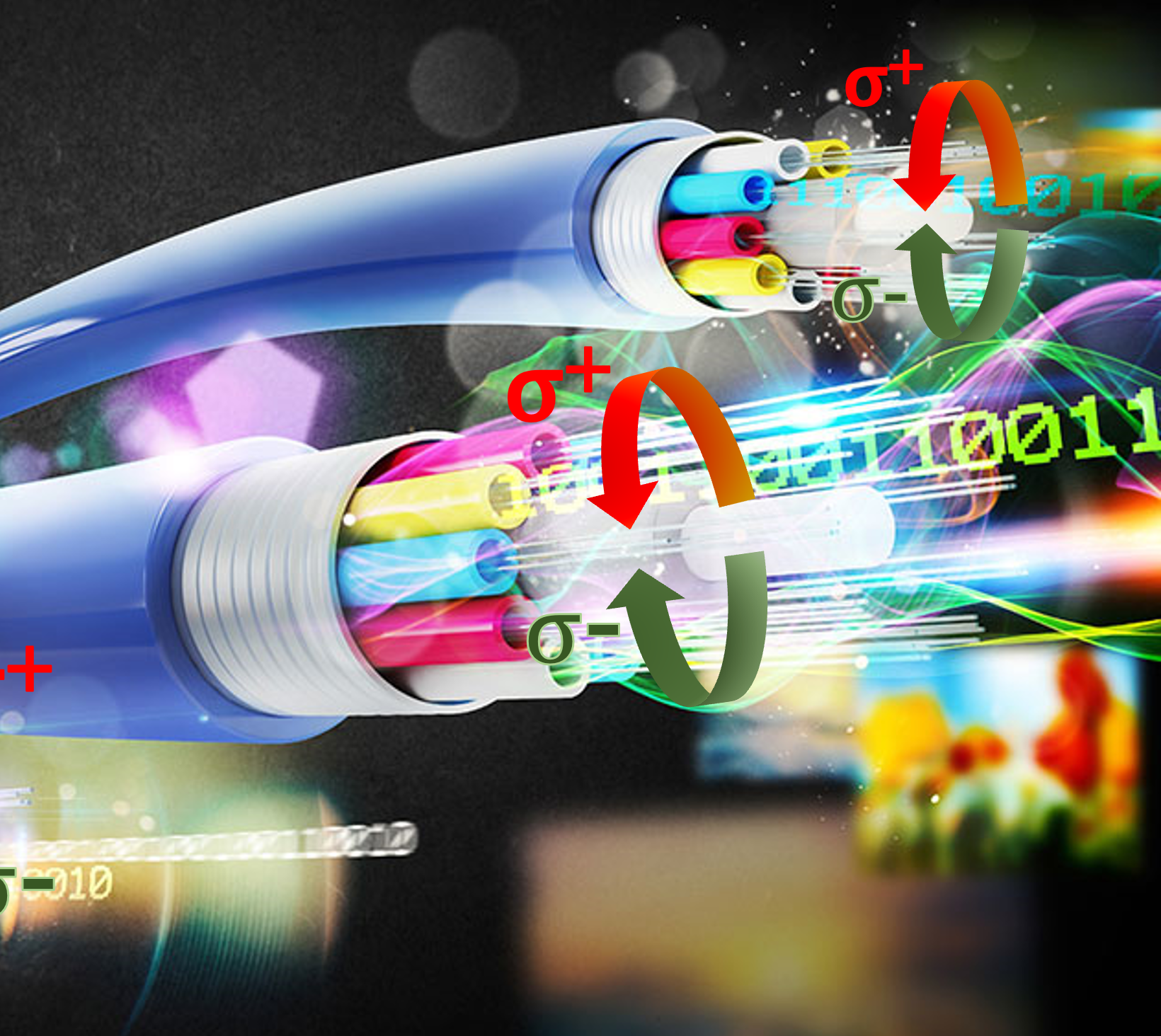
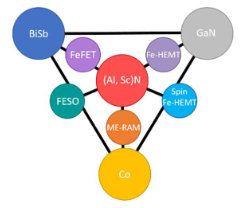
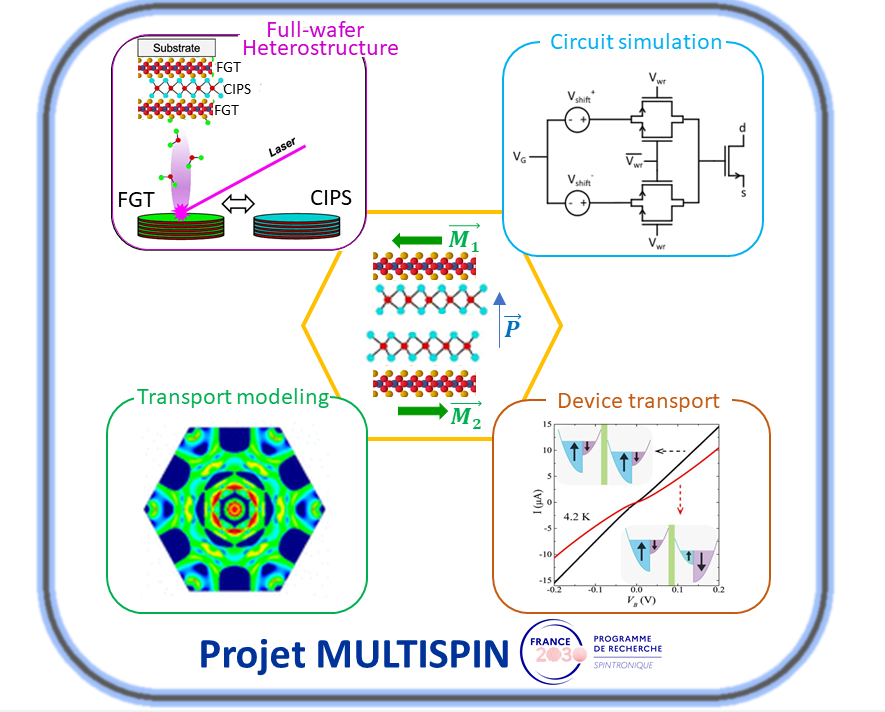
Multispin
Van der Waals Multiferroic Heterostructures for Logic-In-Memory Spintronic Devices
Voir plus
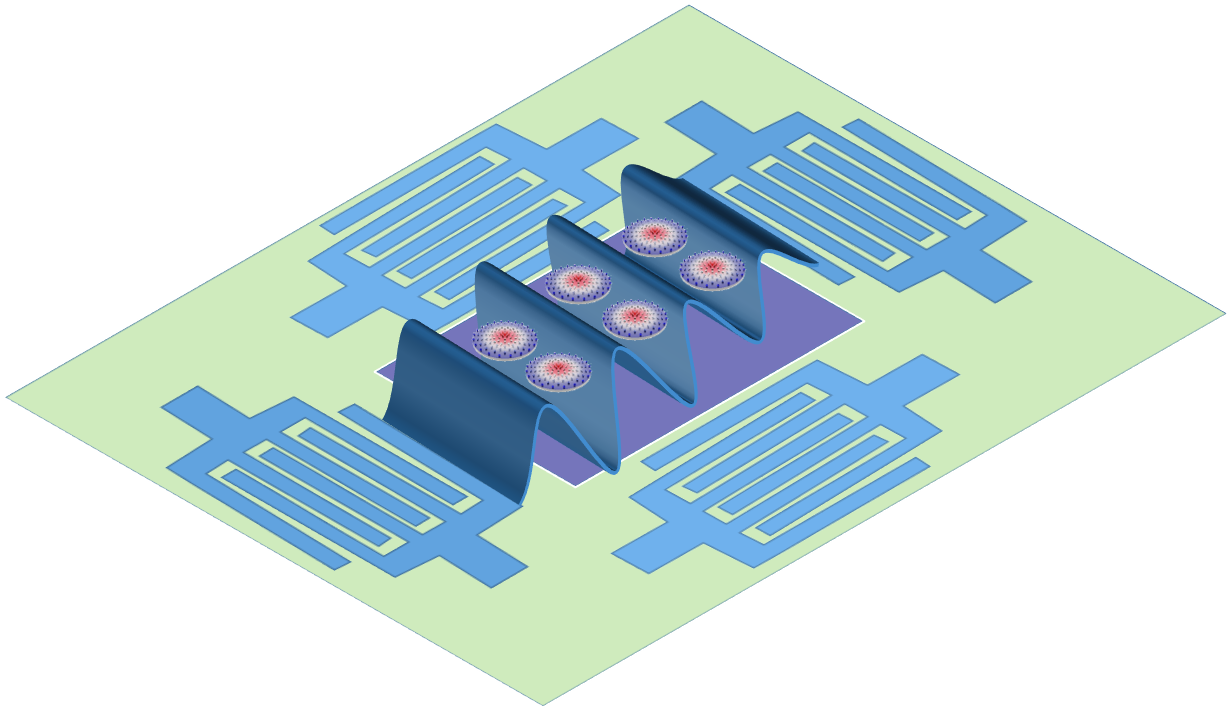
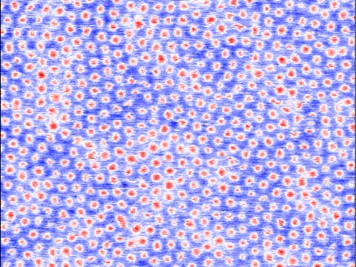
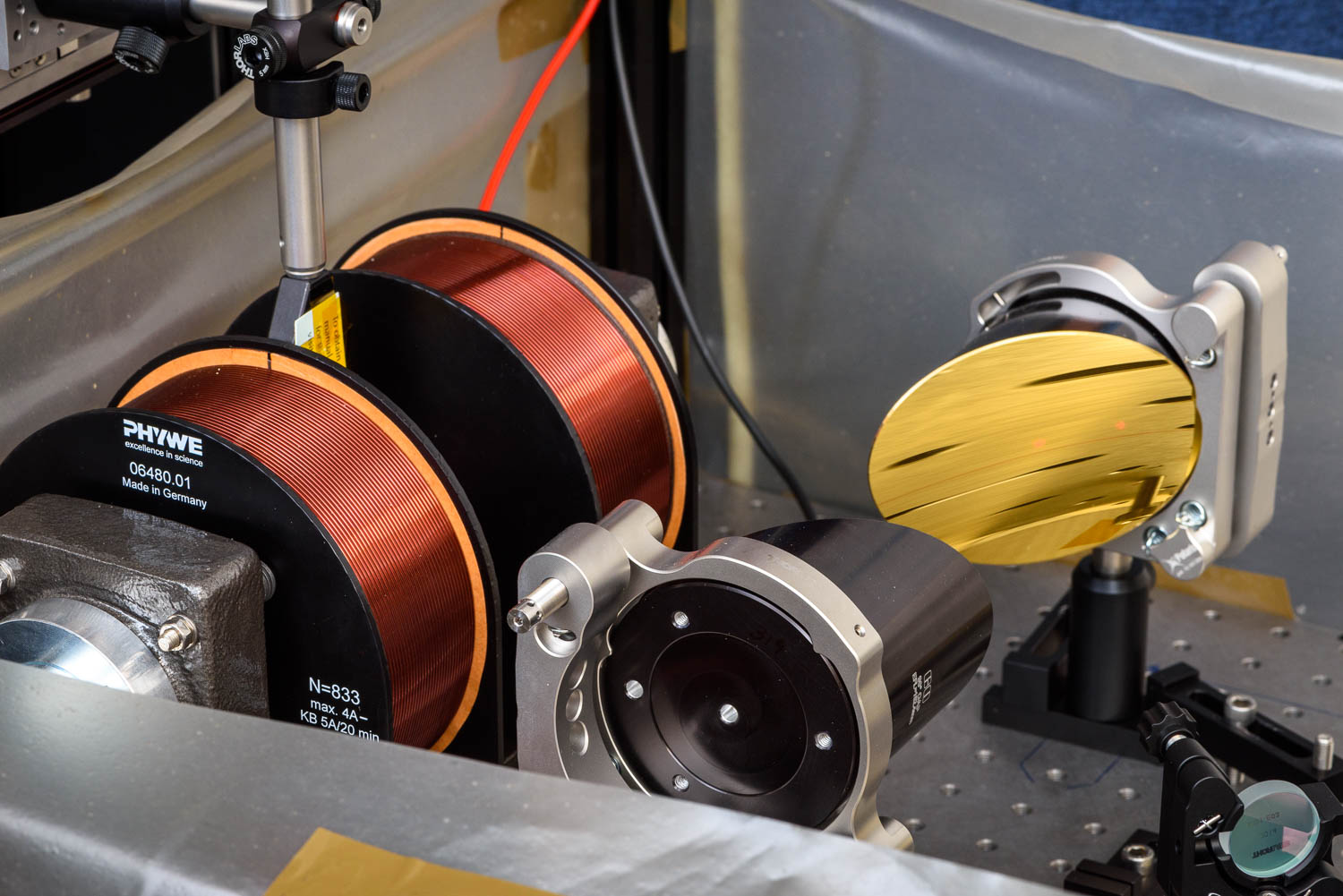
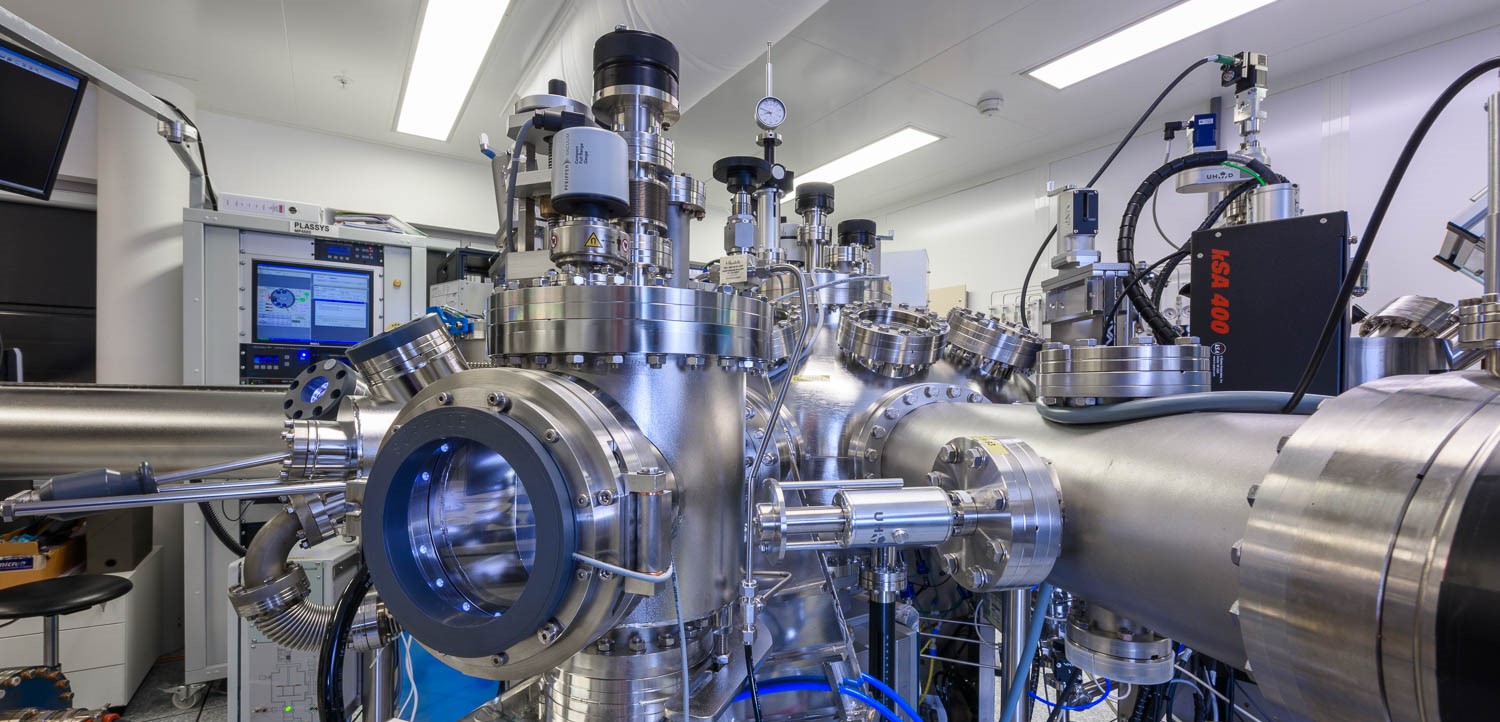
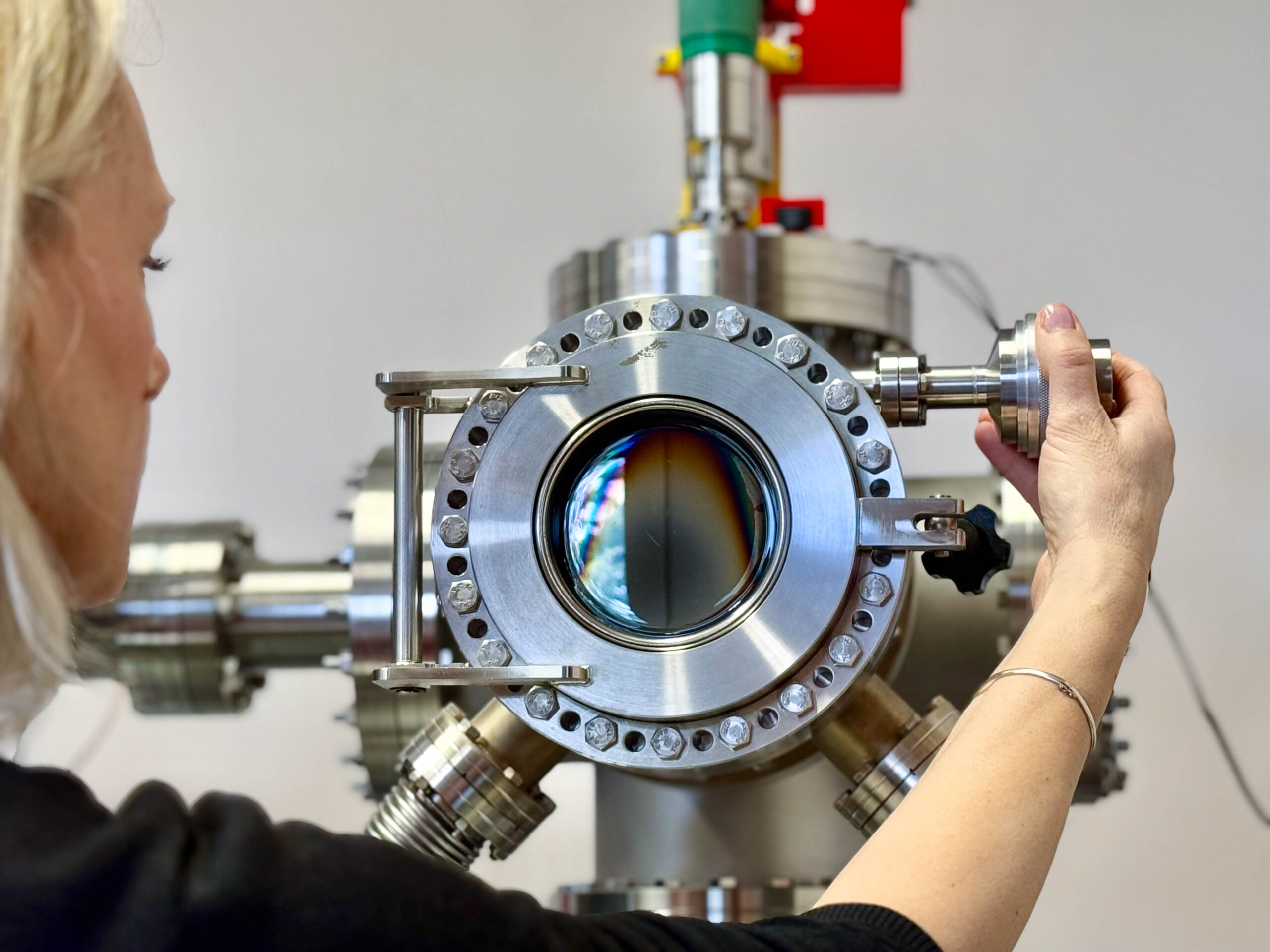
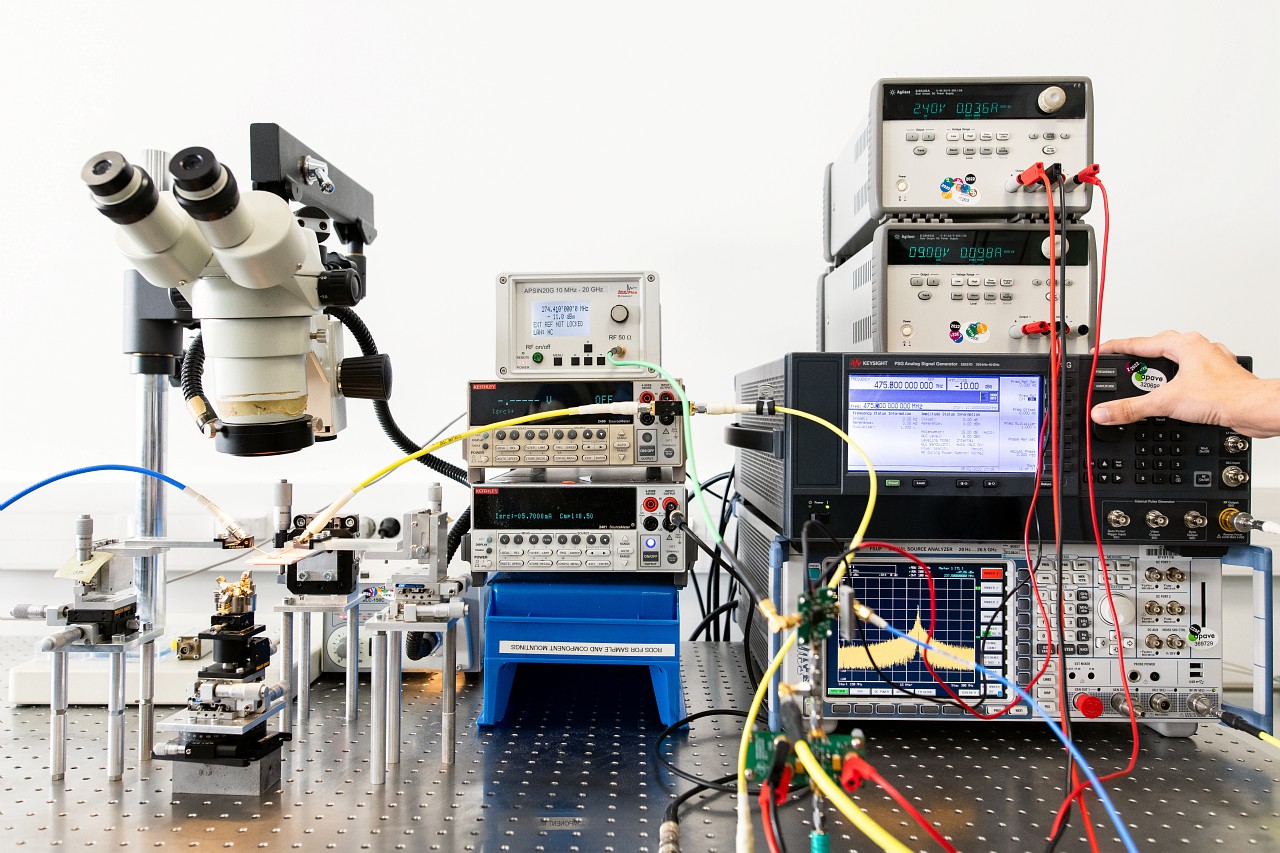
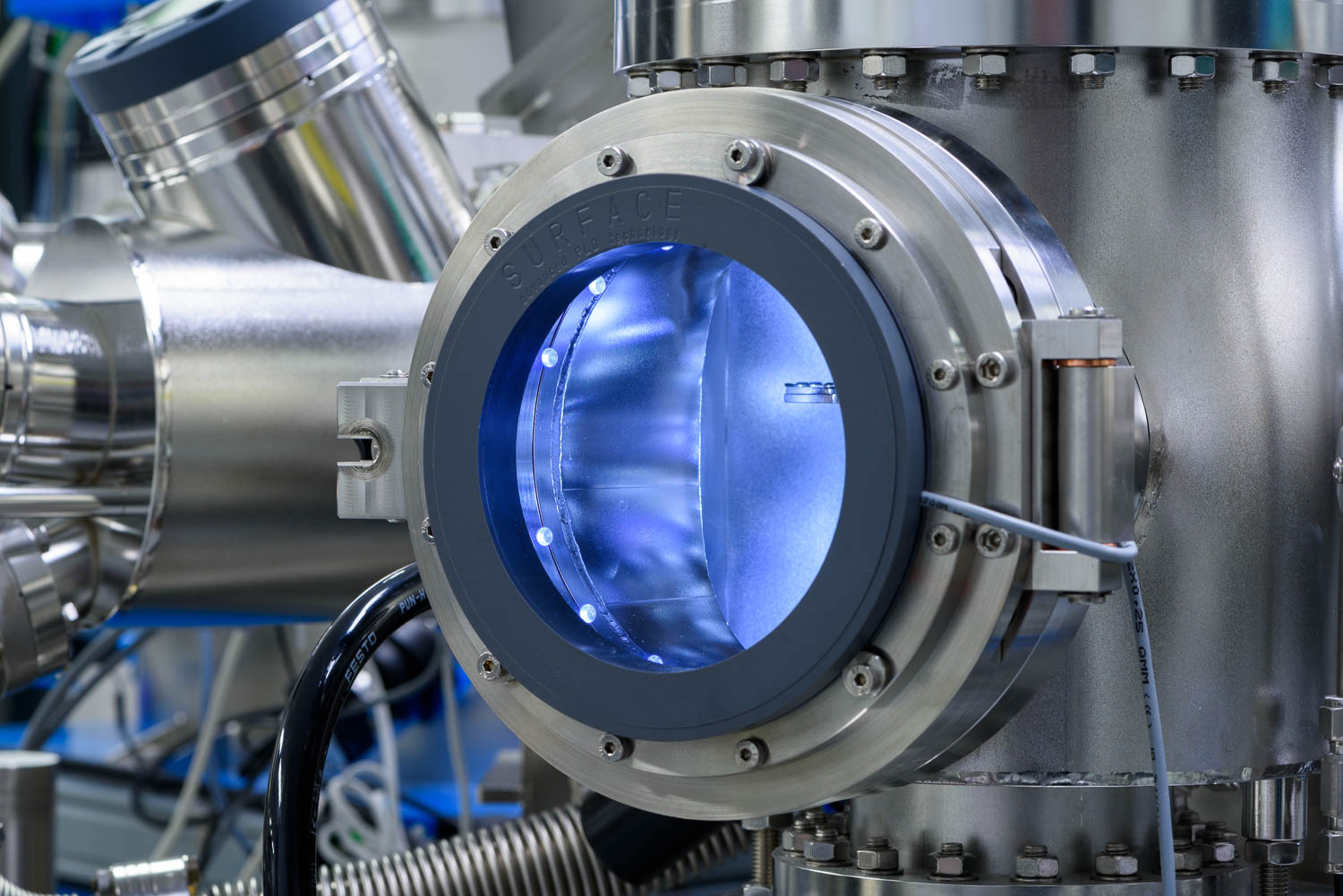
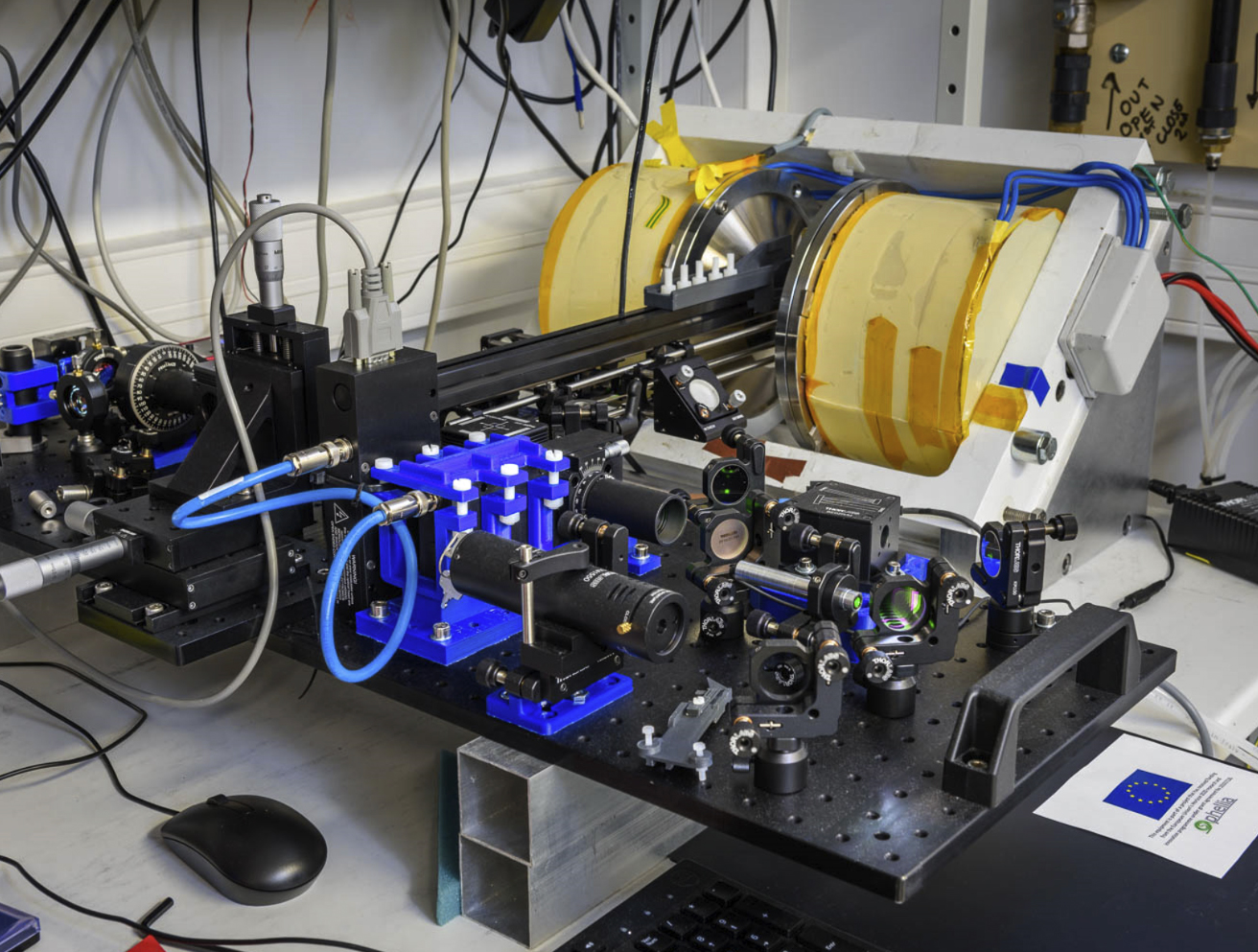
SPINCHARAC
SPINCHARAC Project Manager Lucian Prejbeanu, Director of Laboratory SPINTEC The SPINCHARAC Transverse…
Voir plus

